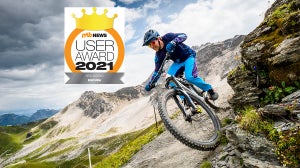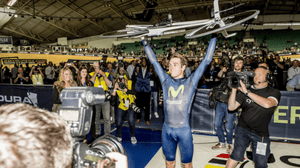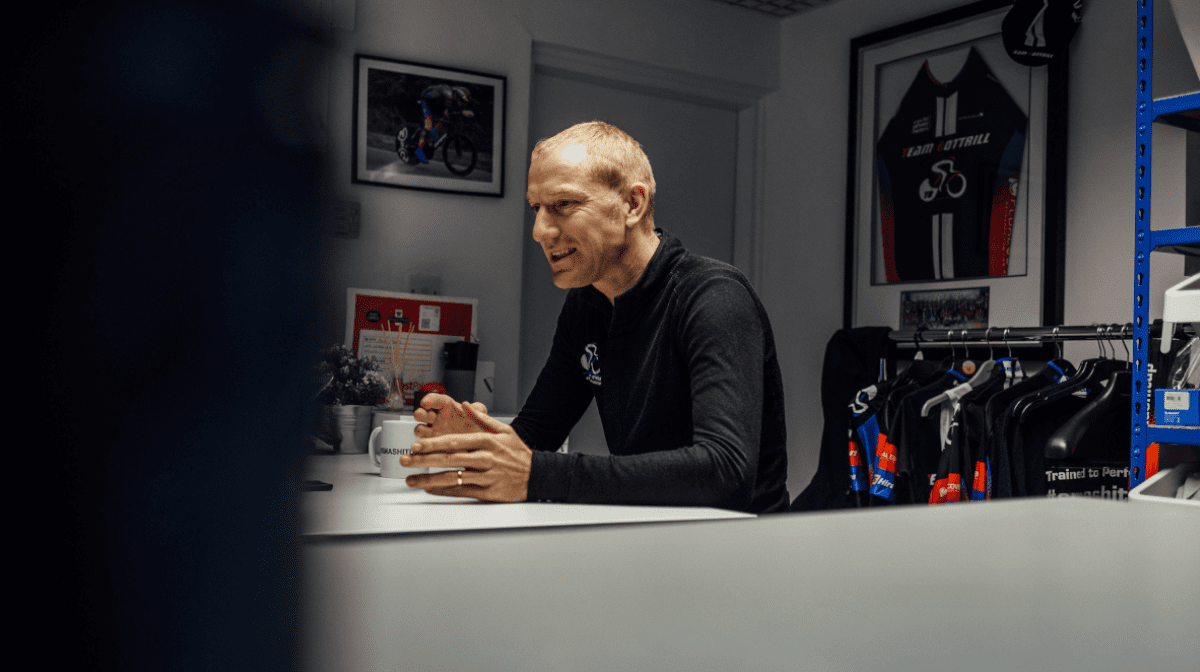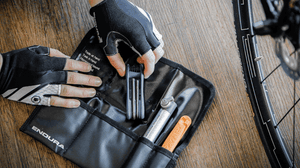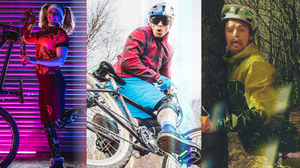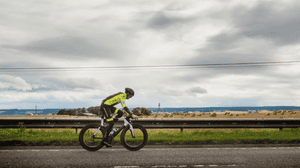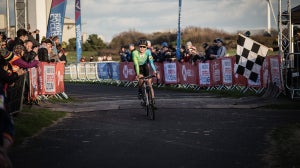
We normally pack our turbos away after winter, but with outdoor riding time limited at the moment, having an indoor training set-up is proving essential to keep fitness levels up. Who better to turn to for A Q&A on indoor training than Matt Bottrill, a legend of the time trial scene who is now passing on his expertise to riders of all abilities through Matt Bottrill Performance Coaching.
What do you see as the main benefits of indoor training?
The traditional benefit is that when it’s cold, icy, rainy, generally inhospitable outside, you can still ride. There’s more to it than that, though: an indoor session is likely to be a better quality one. Without traffic, traffic lights, junctions, corners and all the other obstacles that can disrupt your pedalling outside, you can complete an interval session much more accurately. A specific, targeted indoor training programme need only take an hour a day on average – perfect for the time crunched.
What equipment do I need?
If you’re going to get the most out of Zwift, the most popular indoor training app, we recommend a smart turbo or something like the, Wattbike or a smart bike.
These pair with computers, smartphones and tablets via ANT+ and Bluetooth, as well as your home WiFi, letting you ride with other cyclists in a virtual environment. Zwift has simulated gradients built into its courses so that if you hit a hill, a smart trainer will auto-adjust the resistance so that you need to pedal harder or change down.
But it is still possible to use Zwift without a smart trainer – the minimum requirement is a speed and cadence sensor. If you‘ve got a basic set of rollers or a basic turbo you can get started on that.
However, a standard trainer or rollers won’t auto-adjust to the gradients – the user has to change the resistance manually. You lose the virtual reality element by doing this, and if you’re on a group ride, you might suddenly need to pull out 400 watts to get up a climb. That’s more difficult to do on a set of rollers without any resistance as you have to change up to increase the resistance instead of changing down as you would on a real hill.
All set. What now?
Generally, first thing you need to do is an FTP (functional threshold power) test. Once you have this number, you can do group rides and races designed by Zwift, or custom sessions programmes designed especially for you by us.
Your FTP is the best power you can hold for longer durations without going over your lactate threshold. The commonest way is via a 20-minute test, and through this you come out with a number expressed in watts, and a training programme will often be based around that, with the aim of raising it and enabling you to sustain more power.
We use power-based training levels from 1-7 (also known as Coggan power levels after the Andrew Coggan, the coach who developed them) where 1 is active recovery (<55% FTP); 2 is endurance (56-75% FTP); 3 is tempo (76-90% FTP); 4 is lactate threshold (91-105% FTP); 5 is VO2 Max (106-120% FTP), 6 is anaerobic capacity (>121% FTP) and 7 is neuromuscular power for very short, high-intensity efforts).
Run me through a typical indoor interval session...
This session is one of our favourites – perfect for the time-crunched athlete that works through the levels and finishes with a solid block of threshold:
5min level 1 warm-up
Gradual progression to level 5, so:
7min level 2
2min level 3
2min sweetspot (between 3 and 4)
1min level 4
1min level 5
2min level 1
2min which includes 3 x 6min maximal sprints
3min easy
15min at best power you can hold. Start at 95% FTP and see if you can lift it
5min high-cadence cool-down
Want to know more? Contact Matt to discuss your coaching requirements at mattbottrillperformancecoaching.com
Photos: Sean Hardy

Related Articles
